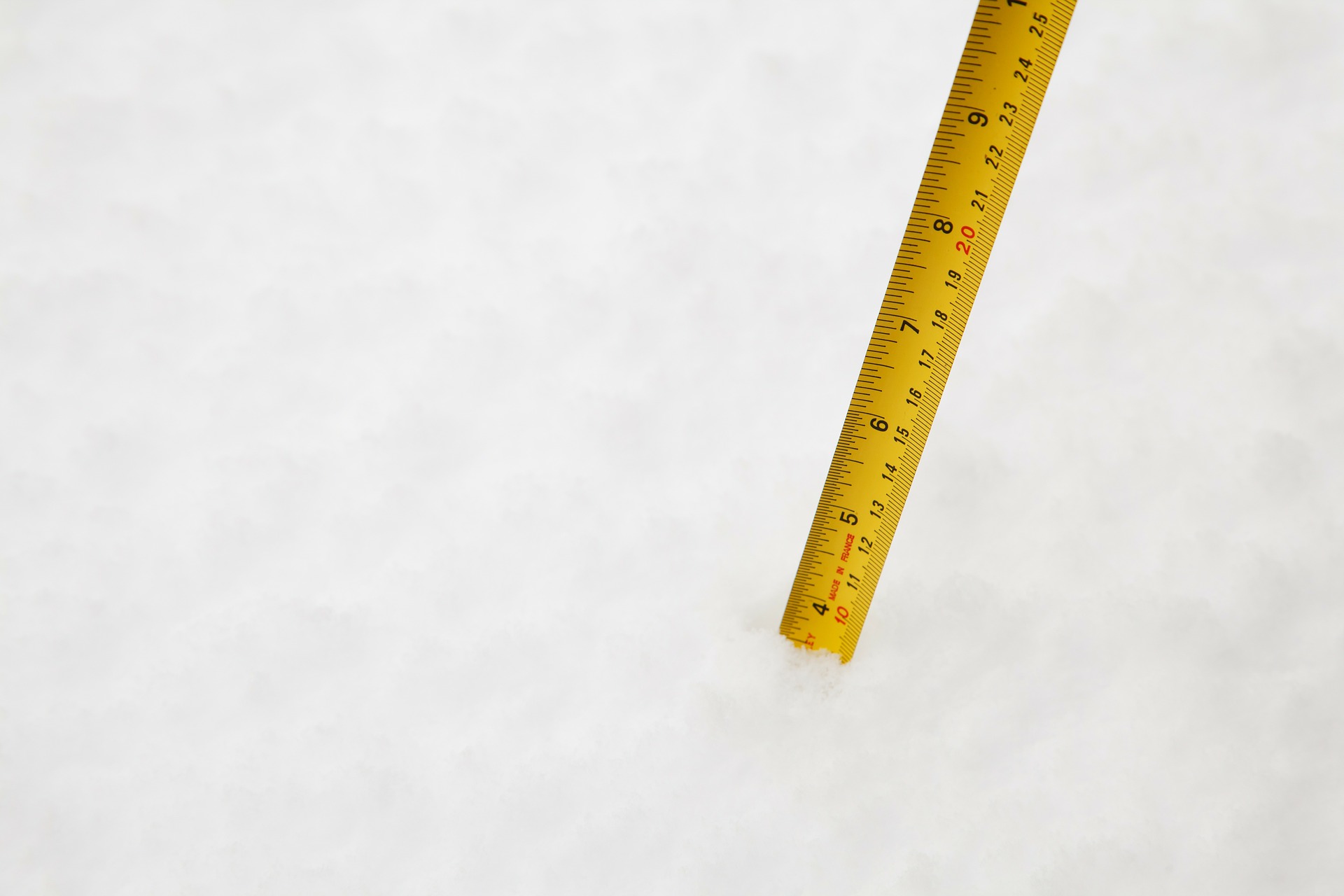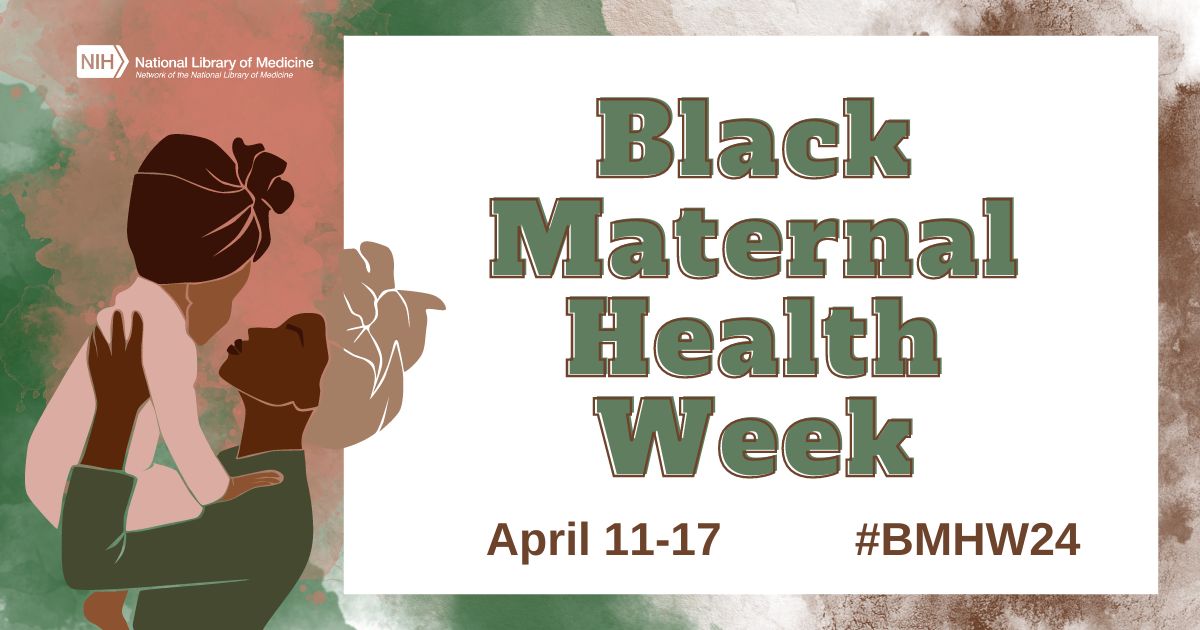21st Century Library Measuring Sticks

Gone are the days when public libraries measure their worth solely by the number of books circulated annually. It is no longer enough to measure our success by the size of the crowd that attended our Storytime program. Our communities expect more from their public libraries than just moving books or filling a room. Librarians in the 21st century must also show the impact and outcomes of the services they offer.
Measuring impact and outcomes is getting easier. Public librarians have an assortment of tools available to demonstrate the impact of library services in their communities. National initiatives like the Impact Study and PLA’s Project Outcome provide new standards and tools to measure library services.
Indicators like circulation or program attendance are valuable metrics. However, these are only indicators, a measure of volume rather than value. It’s important to align indicators with the desired goals and outcomes of a service to demonstrate its impact. Demonstrating impact is essential to the ongoing health of America’s public libraries. Measuring outcomes of library services helps to tell the story of why resources and funding are needed to sustain and grow existing services.
One nationally funded tool, the Impact Survey, was developed in 2009 to compile information for a study titled “Opportunity for All.” Researchers from the Technology & Social Change Group (TASCHA) and the U.S. Impact Study Research Group aimed to measure digital inclusion initiatives and their effects on public libraries across the country. In the six years since the study was initially conducted, the Impact Survey has shown some trends in responses from public library technology users. One key trend is that the majority of respondents have access to the Internet, but come to libraries to receive assistance from library staff or volunteers.
The Impact Survey has grown to become a standardized measurement tool for public libraries. It is now on its third iteration and offers many self-service tools that are easy to use. If you are looking use outcome measurement at your library, below are additional resources to investigate:
- Impact Survey: Tool to measure impact of public library technology services.
- PLA’s Project Outcome: Performance measurement tools for areas such as civic/community engagement, early childhood literacy, economic development, and job skills.
- Digital Inclusion Interactive Map : Comparison between American Community Census data and Digital Inclusion Survey results.
- Edge Initiative: Assessment tools to align services with growth and community priorities.
Tools like these help link goals with performance indicators. Through this comparison, public librarians can continually improve the services they offer. They can also take the next step of adjusting them to better fit local community needs.
Resources:
- Samantha Becker et al., 2011. Opportunity for All: How the American Public Benefits from Internet Access at U.S. Libraries. Washington, D.C.: Institute of Museum and Library Services. Accessed October 25, 2015.
- Becker, Samantha. 2015. “Outcomes, Impacts and Indicators” Library Journal 140, no. 15: 26. Accessed October 25, 2015.
- Becker, Samantha. 2015. Impact Survey: Measuring Your Library’s Impact. Accessed October 25, 2015.
- Teasdale, Rebecca. 2015. Project Outcome Launch – Seven Surveys To Measure Impact. Accessed October 25, 2015.
Tags: Digital Inclusion Survey, Edge benchmarks, Edge initative, library outcomes, project outcome








